- Joined
- Nov 11, 2006
- Messages
- 2,697
The BladeForums.com 2024 Traditional Knife is available! Price is $250 ea (shipped within CONUS).
Order here: https://www.bladeforums.com/help/2024-traditional/
Here's another example of the Admiralty 301 British Navy knife.
View attachment 762079 View attachment 762080
Jack, two more great all metal examples and the stamping on the Ibberson handle are really wonderful. Also, some great markings on the Rodgers model.
Jack, love the comment that "these things were built for opening Panzers!"
And your collection of English Military folders is just simply amazing. Thanks for the pictures, descriptions, and fascinating information.


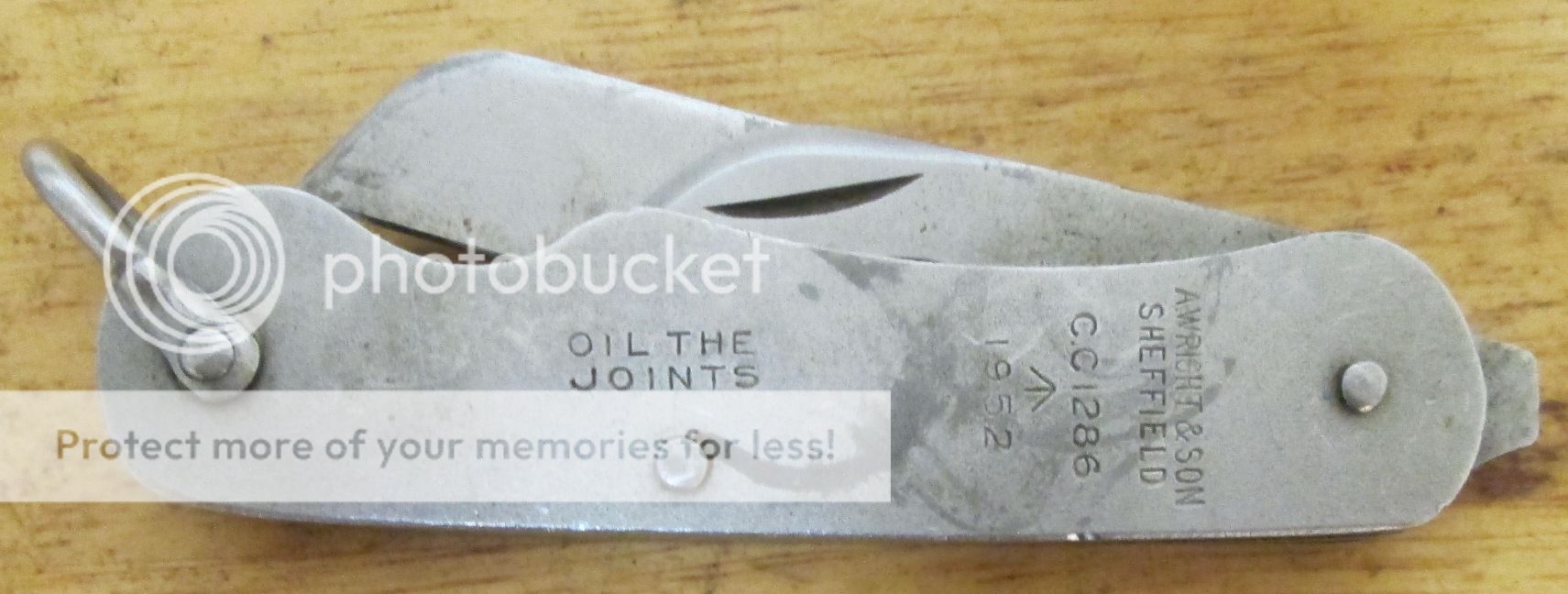
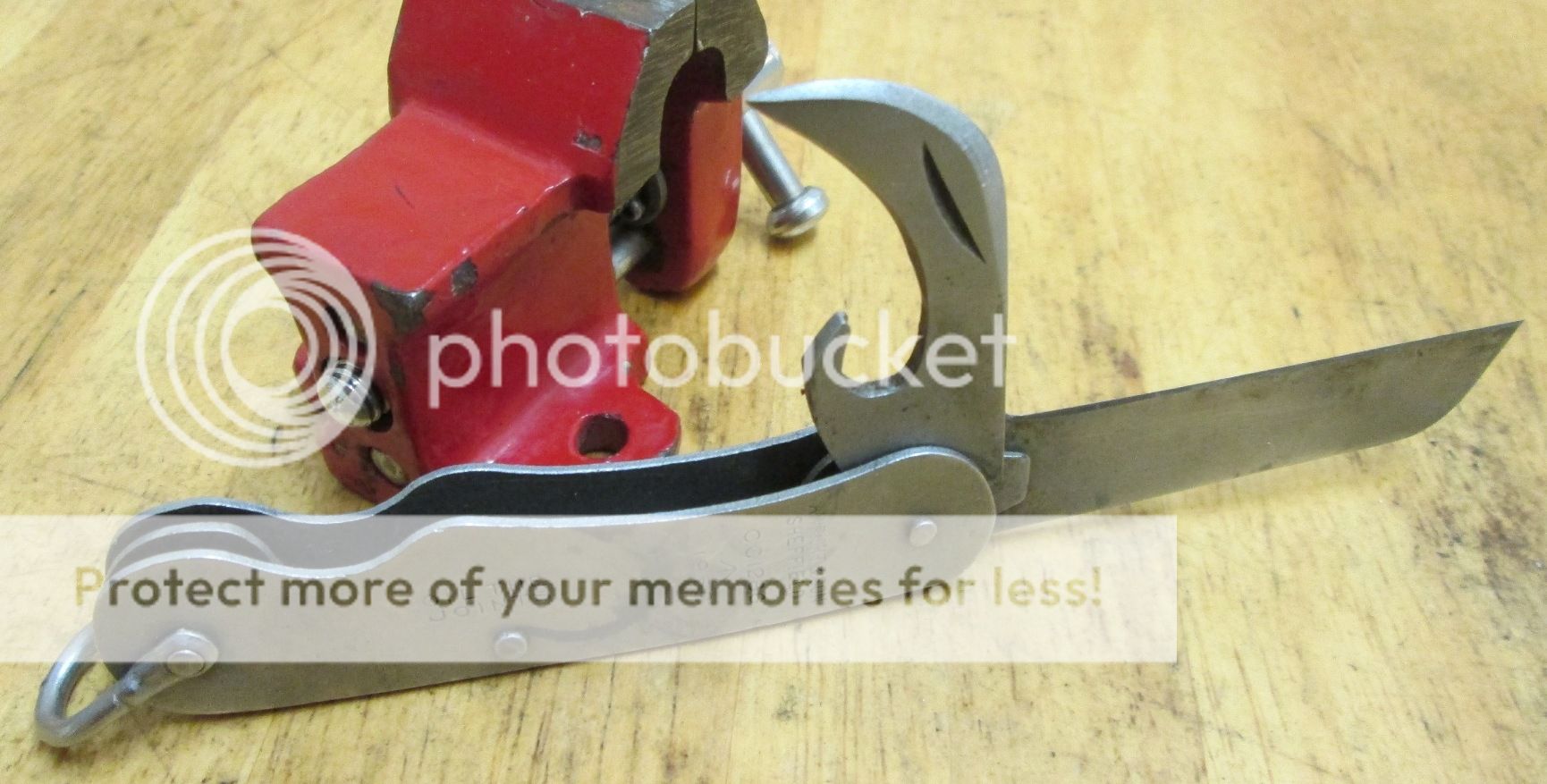



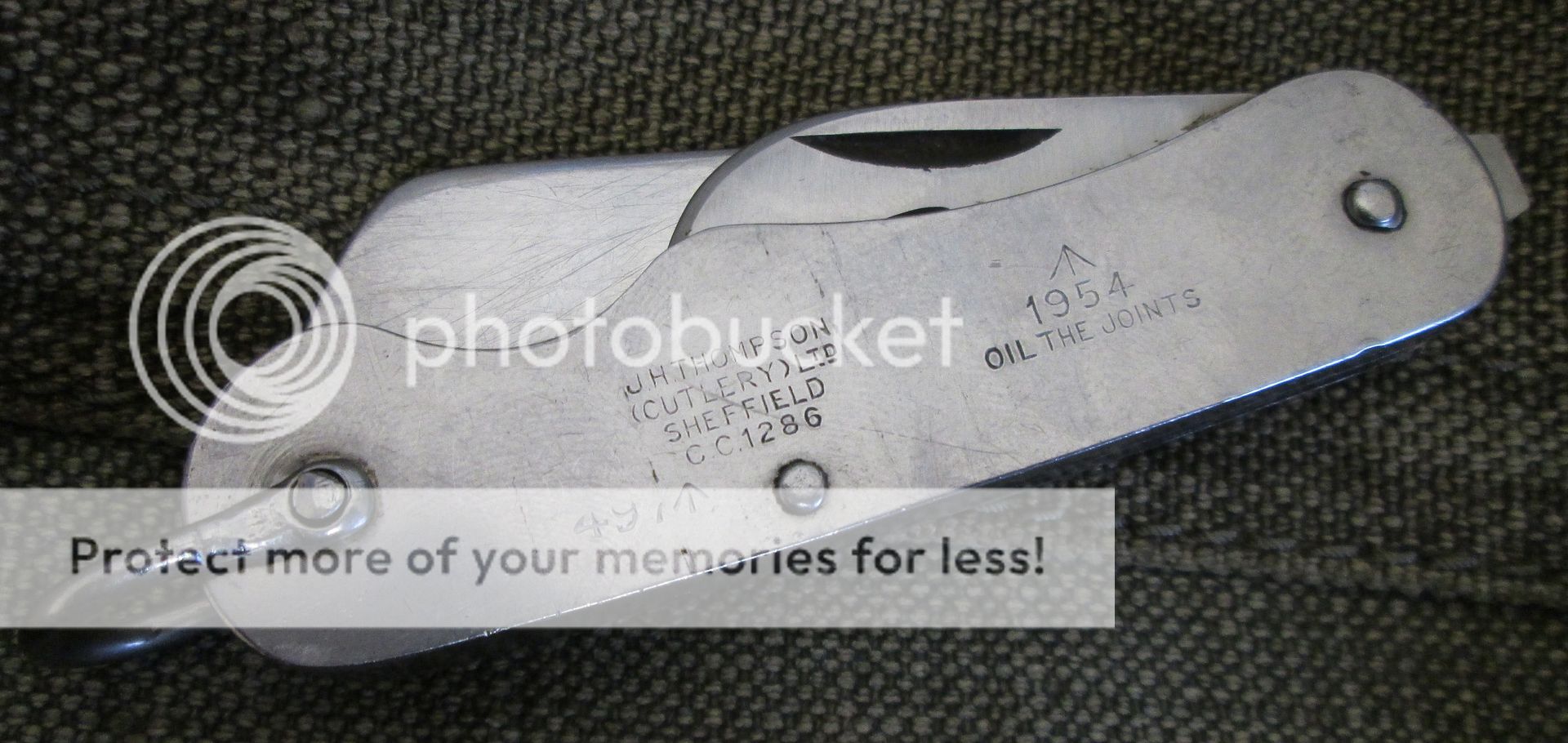
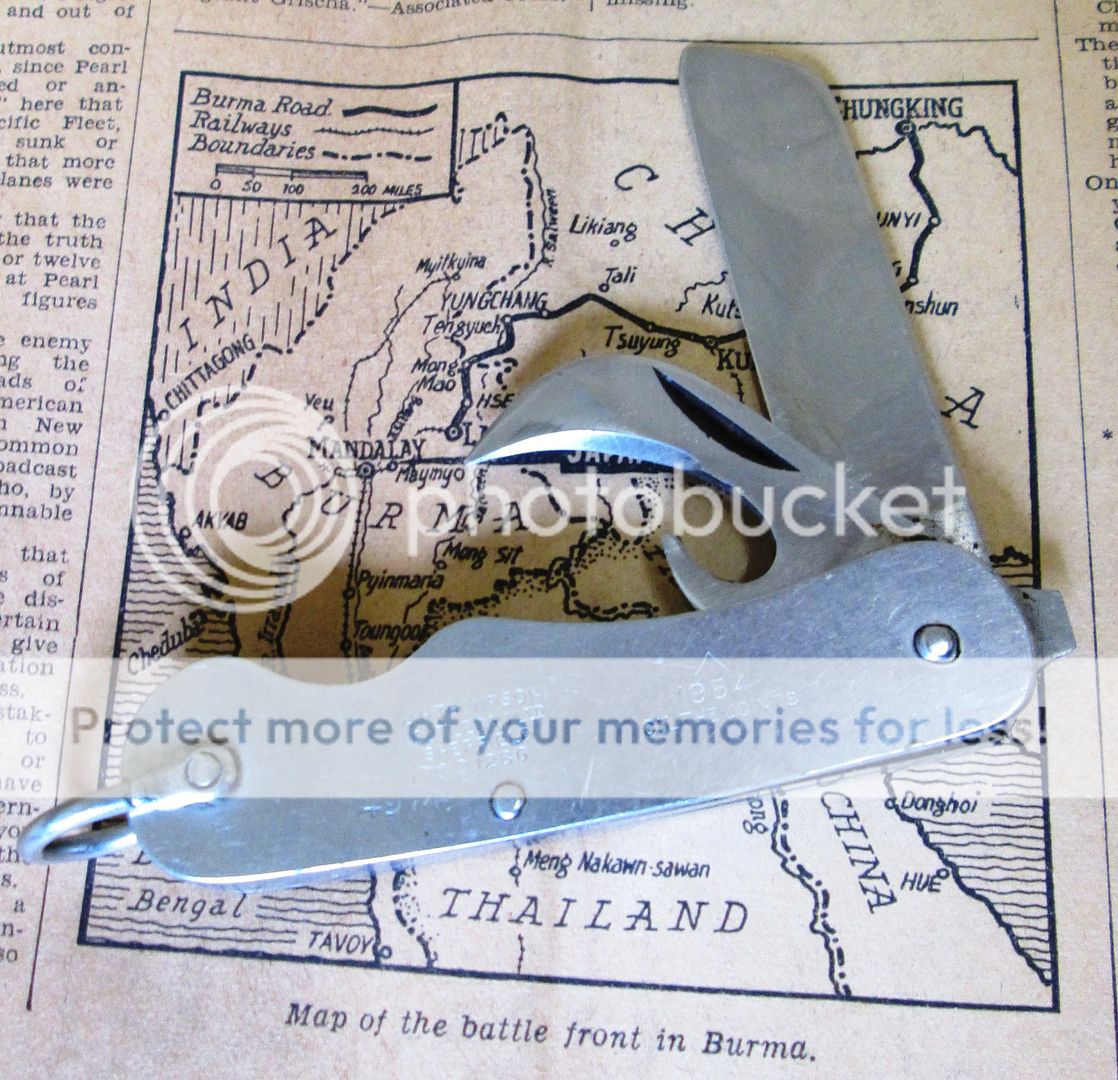


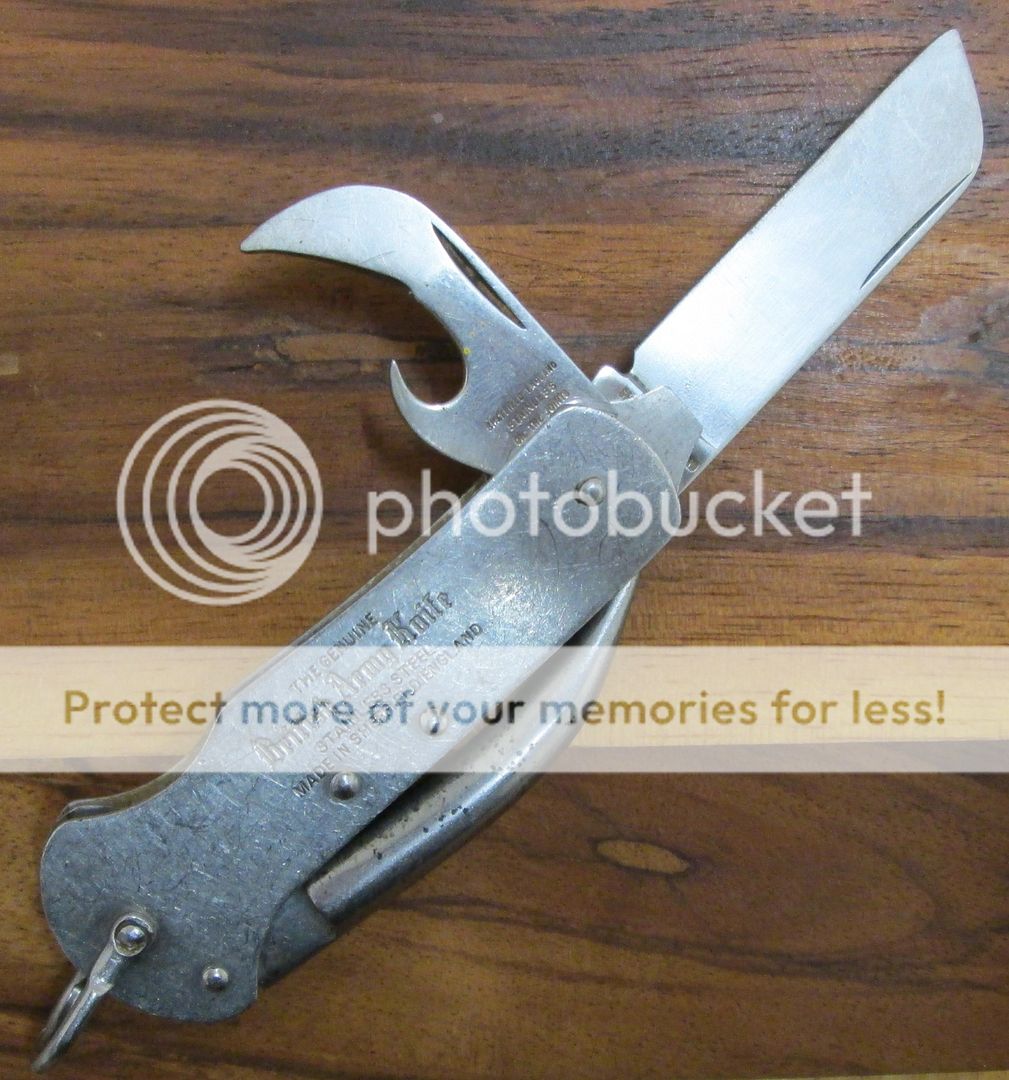
I dunno, but I suspect the 55 gallon drum would have lost! These things were built for opening Panzers!
A lot of these knives ended up in tool boxes, and got all sorts of abuse. I guess it's also possible there was a flaw in the blade.
I have a LOT more WW2 era clasp knives, picked up an IXL just today in fact. I don't have photos of them all, but I'll post pics of the ones I have pics for, and maybe cover the others at some point too
This is one made by Richards, dated 1945.
Sheffield Steel Products 1942.
Richards 1944.
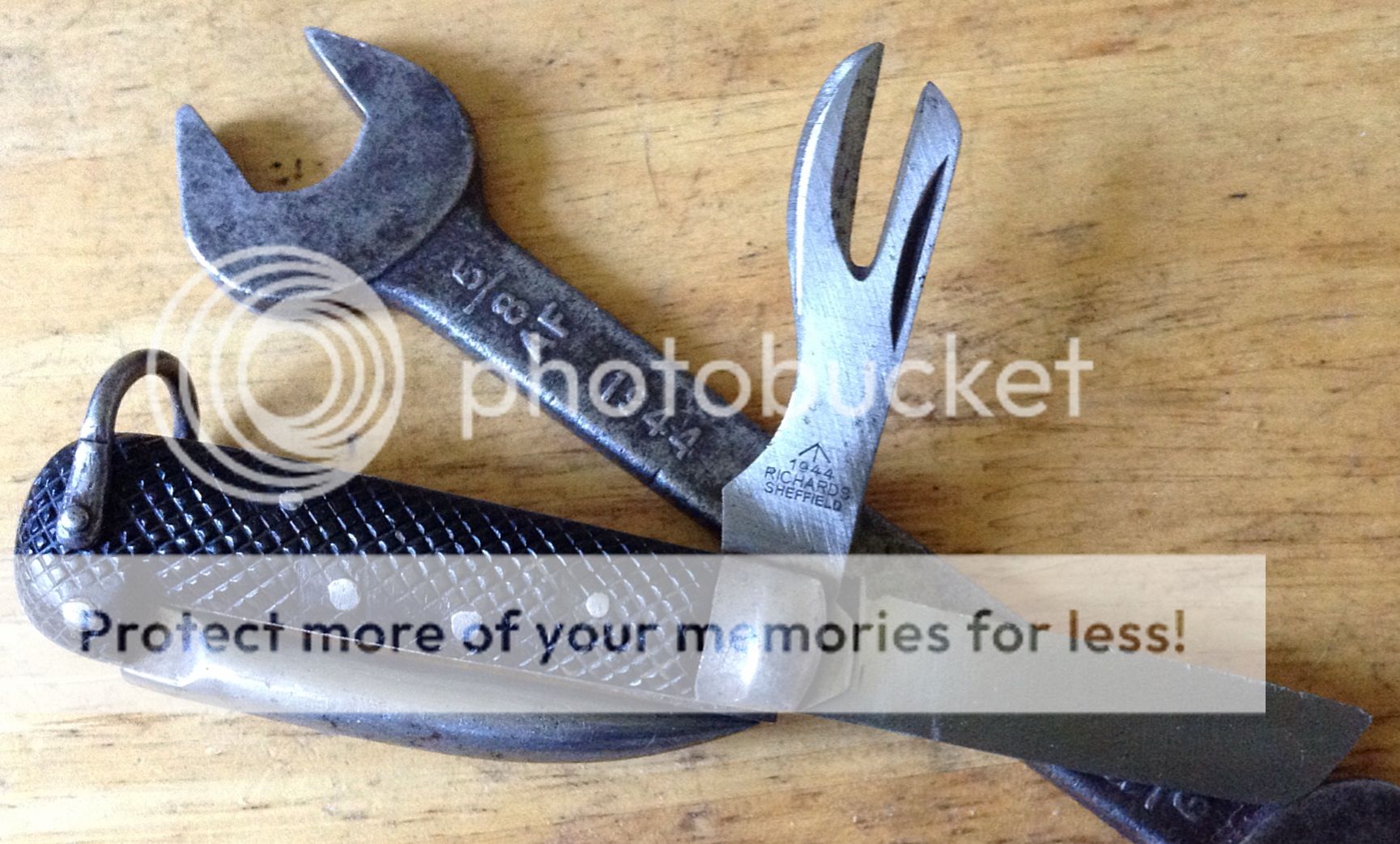
Dylan, I have this 1940 HM Slater clasp knife, that I picked up for £8 at the St. Georges Market in Belfast.
View attachment 761852
It was fairly rusted up, so that I could only just make out the tang stamp. Even so, the quality of manufacture was evident compared to the various other clasp knives that the stallholder had.
Disregarding the elements of three-quarters of a century of wear and tear, once this knife was cleaned up, it showed very competent and assured construction. All tools have excellent, tight, snappy walk 'n' talk, the bolsters are cleanly soldered to the inner scales, and the fit of all the metal parts is generally outstanding.
It's a really well made tool - and I note that the previous owner was so attached to it, that they held onto it until the blade tip was sharpened well clear of the blade channel.
As all Sheffield cutlers were put to 'war work' during WW2, it's interesting to consider that clasp knives were made by the whole gamut of working cutlers, including the very best at their trade.
Here's a quick pic of part of a friends collection of clasp knives, including some Australian variants.
View attachment 761860
(Just bringing this over from Jake's Stranger Things thread.)
Here are a few less common, wartime variants (not mine) - dating from the Second World War, and produced for British Commonwealth forces, I think.
These two knives are sterile (unmarked), and presumably intended to equip Commandos, and possibly other 'partisan' users with handy tools for sabotage, and other 'behind-the-lines' functions.
View attachment 761869 View attachment 761865
The black knife with parkerised, pressed steel handle, has a thick, sturdy punch, that would easily penetrate sheet metal fuel tanks, storage drums, and the like.
The other knife features a strong, hawkbill shaped tyre sidewall cutter, which would also make short work of slashing open soft material quickly, like enemy stores of grain bags, opening gaps in tent walls etc.
View attachment 761866
Both main blades are optimised in shape for piercing, as well as their standard cutting function.
View attachment 761867
This small Joseph Rodgers knife only offers a piercing function. It's intended to be included with emergency inflatable life rafts, which may need to be swiftly deflated and hidden, on making it to shore.
View attachment 761868
As a sidenote to these knives, here is a page from my grandfathers WW2 field notebook - he was a combat engineer in the 2nd AIF (Australian Imperial Forces), in the South Pacific theatre - which identifies eleven priority targets for 'Demolitions in Raids' - Petrol/Gasoline dumps and water supplies are number one and two on the list.
View attachment 761871
(Interestingly, his notes also identify four non-priority targets, 'unlikely to have serious effect' - roads, culverts, aerodromes and telegraph equipment.)
The patterns were set by the Government Dylan, but there are variations. A basic level of quality would have been expected, and certainly by WW2, the Sheffield cutlers had a lot of experience of producing knives like this. Cutlers were exempt from conscription, but many joined up anyway. This may have meant that the oldest, most experienced cutlers produced a greater percentage of the knives than previously, but some work would also have been done by young lads, and women who came into the factories to assist in the war effort. The cutlery firms and individual cutlers had more consistent work than they had had previously, and were guaranteed to be paid for that work. They were also taking part in the war effort, at a time when Sheffield was directly affected by the German war machine (it was very heavily bombed), and where fathers, brothers, sons, and former work-mates were overseas and in peril. Despite the shortages and deprivations, the knives produced, during both WW1 and WW2, seem to be outstanding work-horses, worked hard during the war, and often for decades after. Cosmetically, the knives made earlier in WW2, with the bolster and copper bail, are certainly more attractive than the later ones, and a little more time could perhaps be spent on them. There are differences between knives from different firms, but there are differences between knives from the same firms in different years. I'll try and show as many examples as possible, and perhaps examine them in more detail than previously, so you can get a flavour. I regret now getting rid of a few of the ones I had which had a lot of wear, since they would still be interesting to examine. Generally, the better knives are produced by the firms you'd expect, but none of them are bad, and some of the less-prestigious firms still turned out excellent knives. I've had scores of these knives, and the only one I've had a fault with, was a Richards example from 1944, which was a particularly attractive knife, but the spring on the tin-opener blade broke. Possibly, that was just me putting it to use after decades of the knife being in storage. They were often used as tool-box knives after the war, and frequently abused, but I don't recall seeing one with blade-play, even where the blade has obviously been used for prying. They're ugly knives, but tough as old boots. I don't think the knives produced after the war are of quite the same quality, though they're still very robust knives overall. I've seen quite a few Belgian-made clasp knives, similar in appearance to the British WW2 pattern, with broken springs, and I don't think they're quite as well made. Similarly, I've seen a great many broken springs on British stainless 'Burma Knives'.
Your posts are always a treat to read my friend
There's two rules. One is if anything ever achieves squaddy proof status they'll just loose and and second is that if you build a better tool someone else will just build a better idiot.

Thank you, Chin and Jack, for the wonderful information and the accompanying pictures. Very informative and insightful. So very special to have your grandfather's field notes, Chin.
I find the history behind purpose built knives in particular to be rather fascinating and these knives are no exception. I am going to continue looking on with great interest.

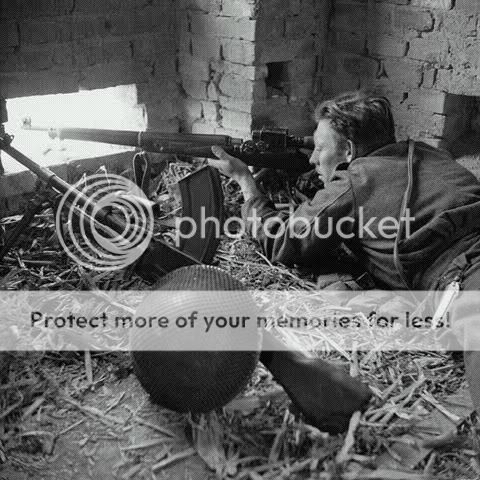
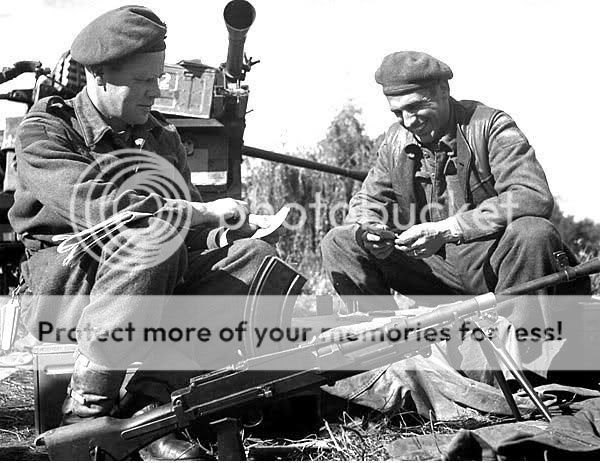


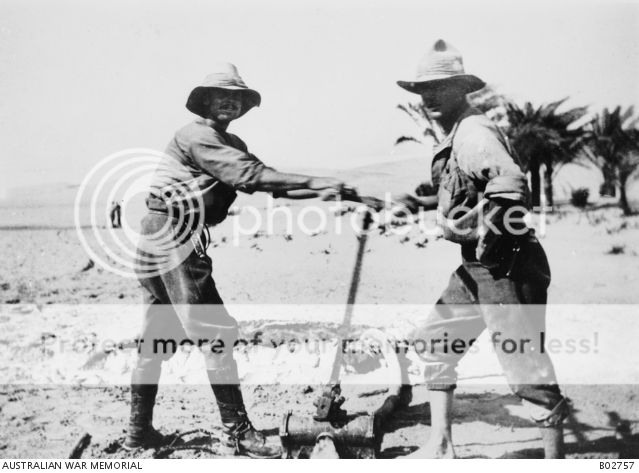
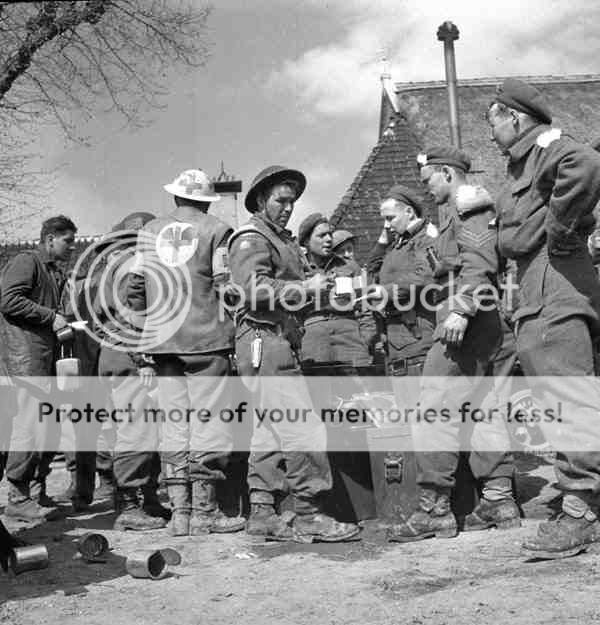
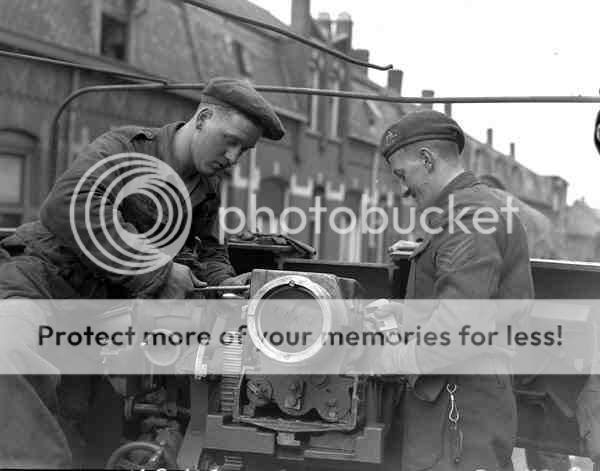
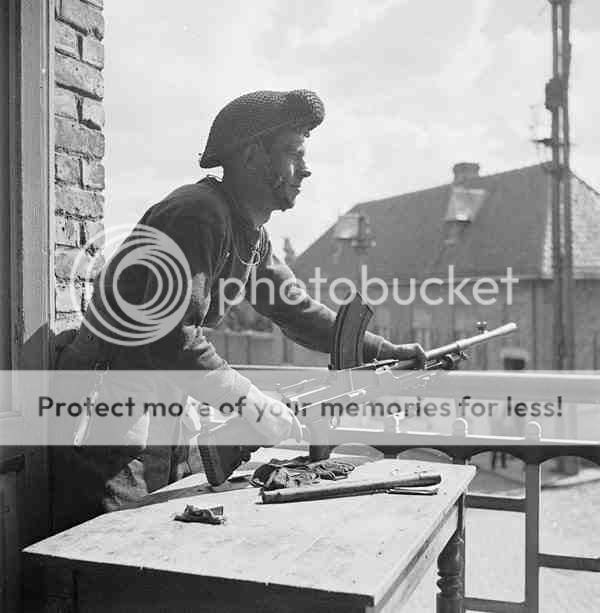
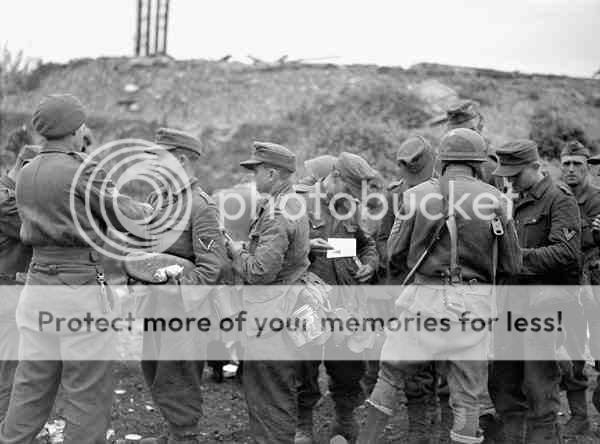
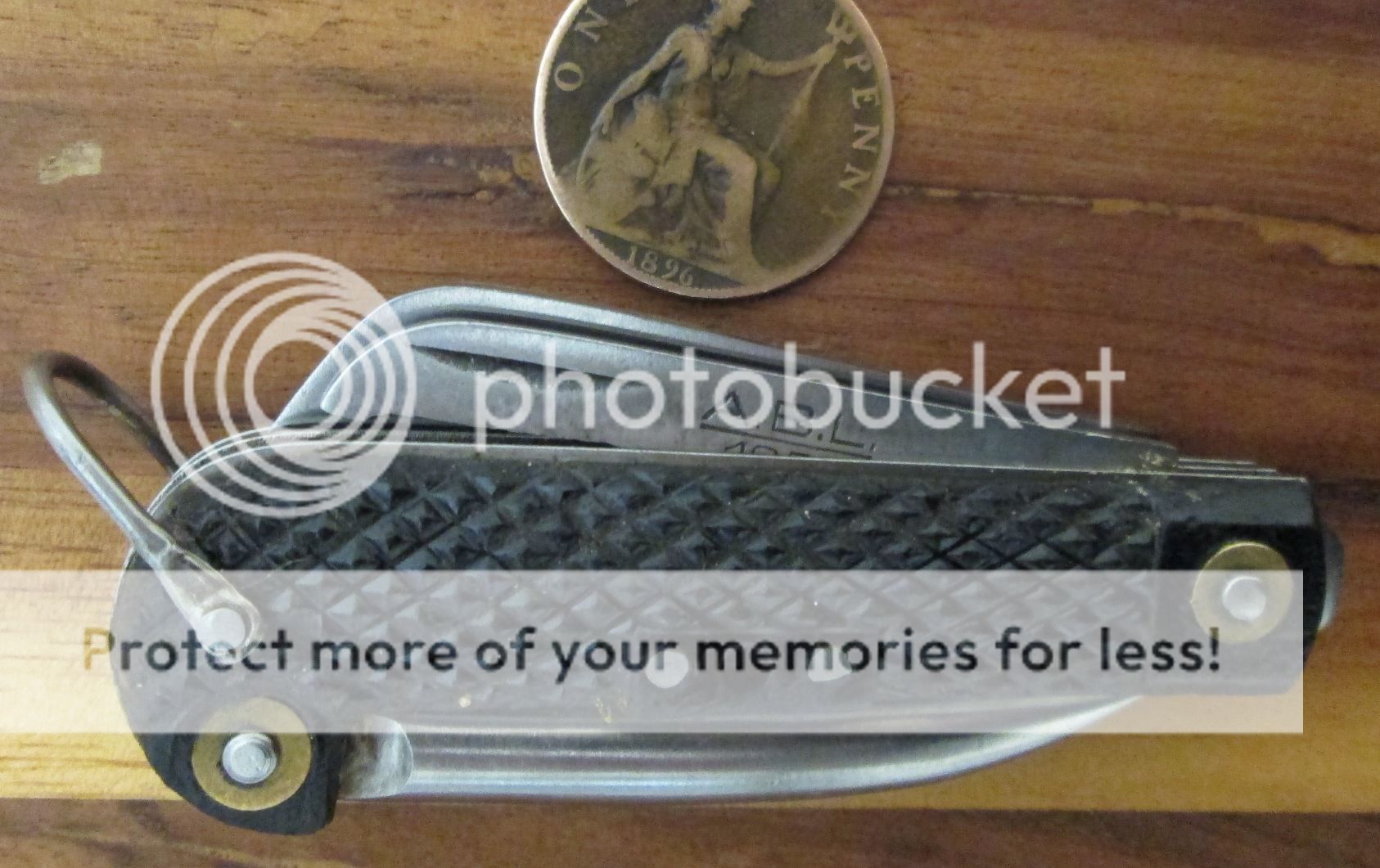
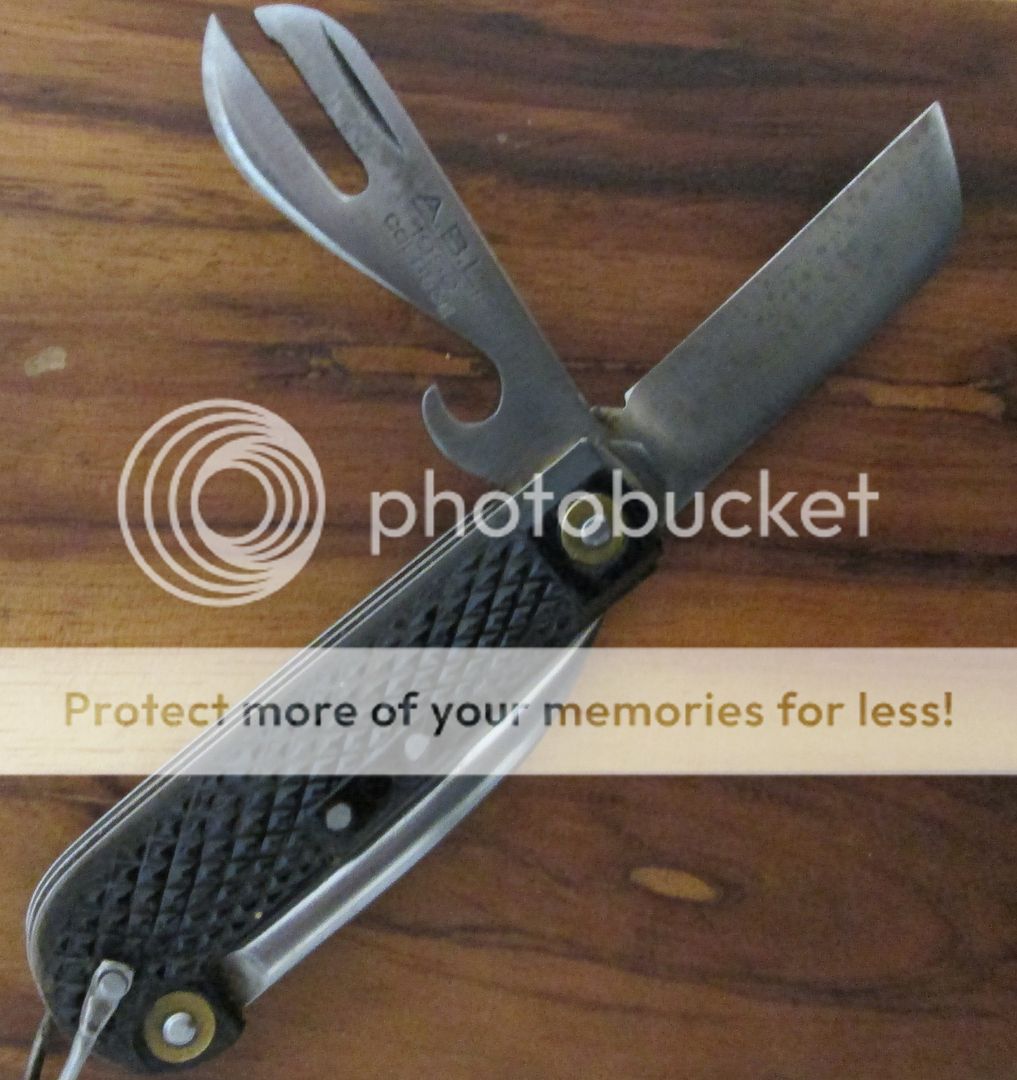
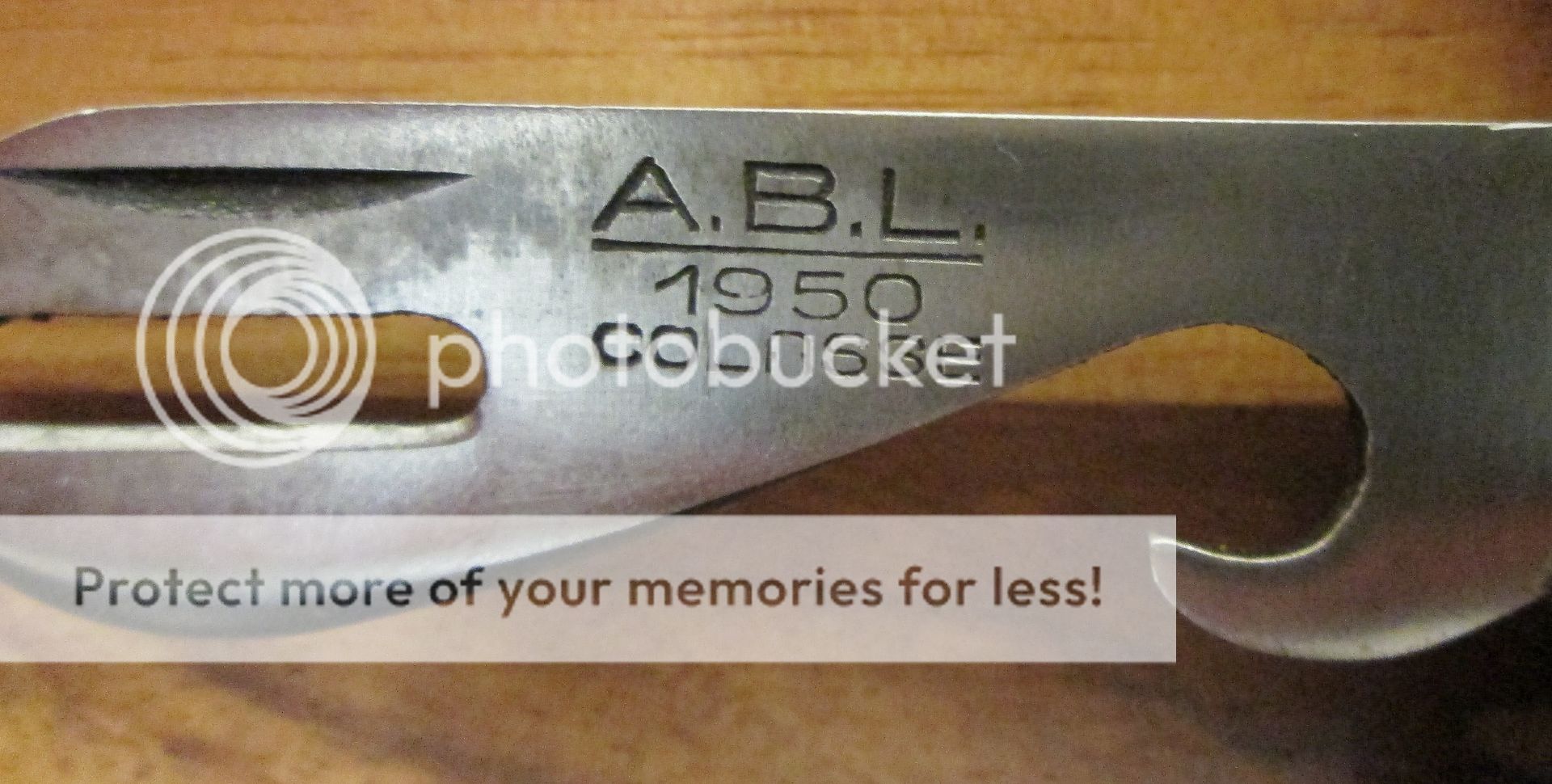
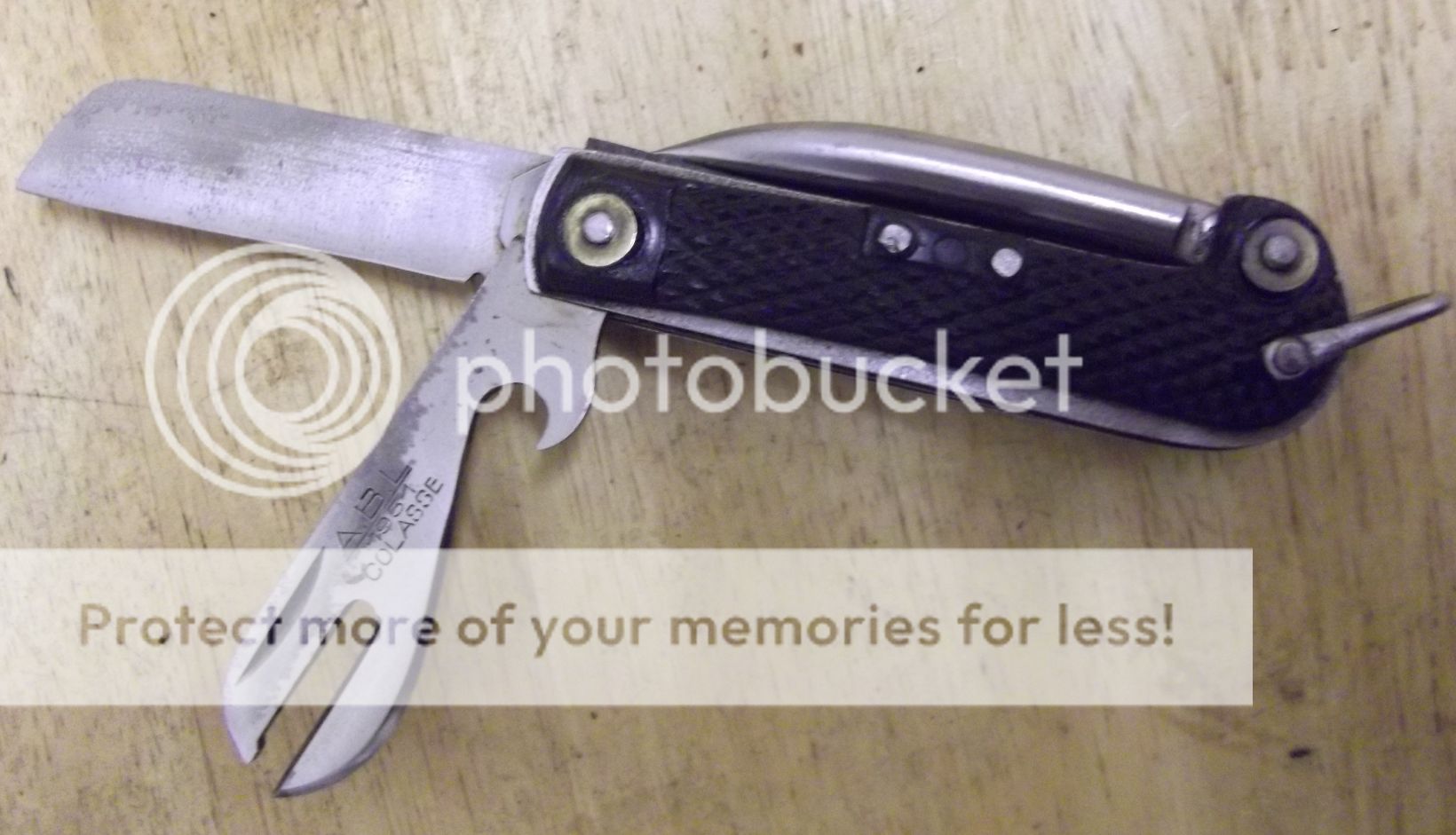
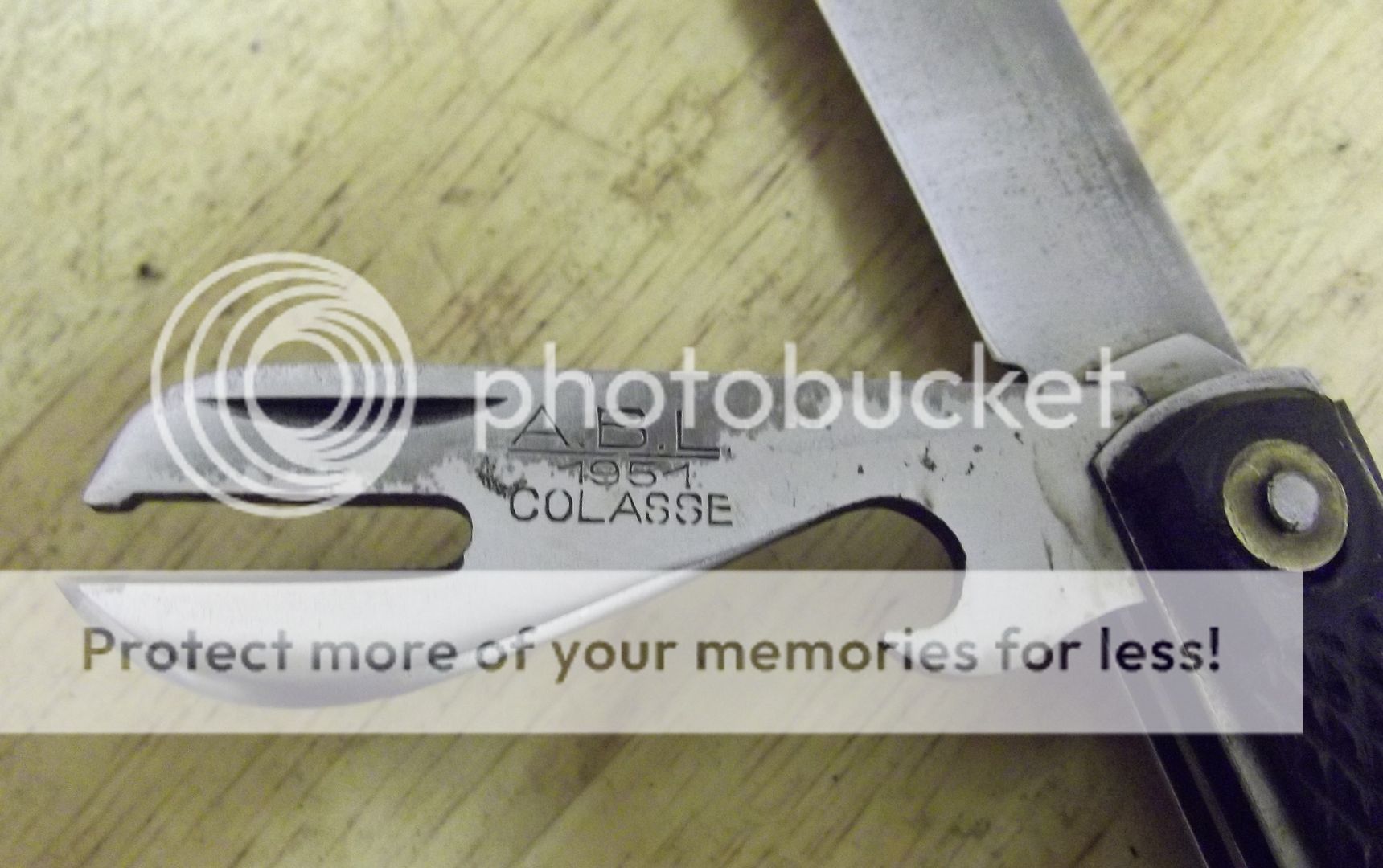
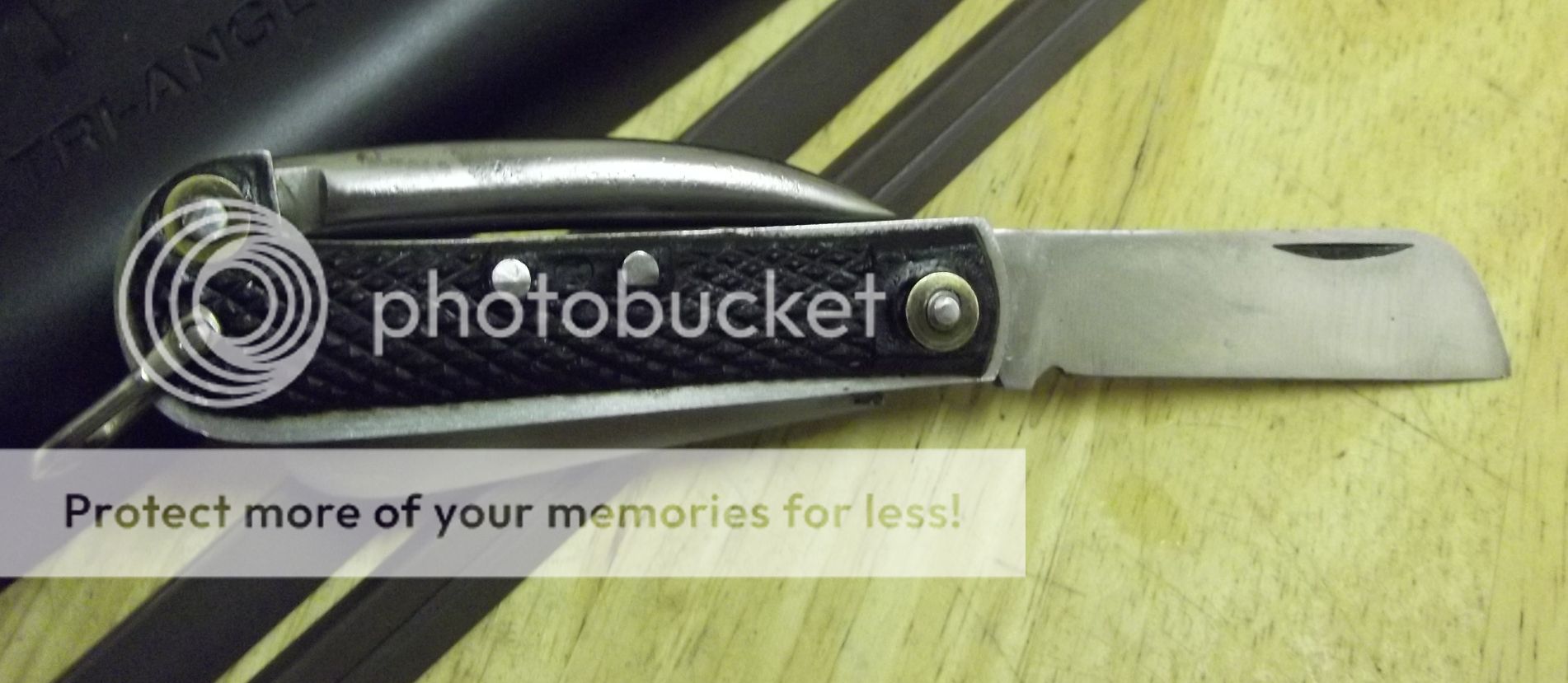
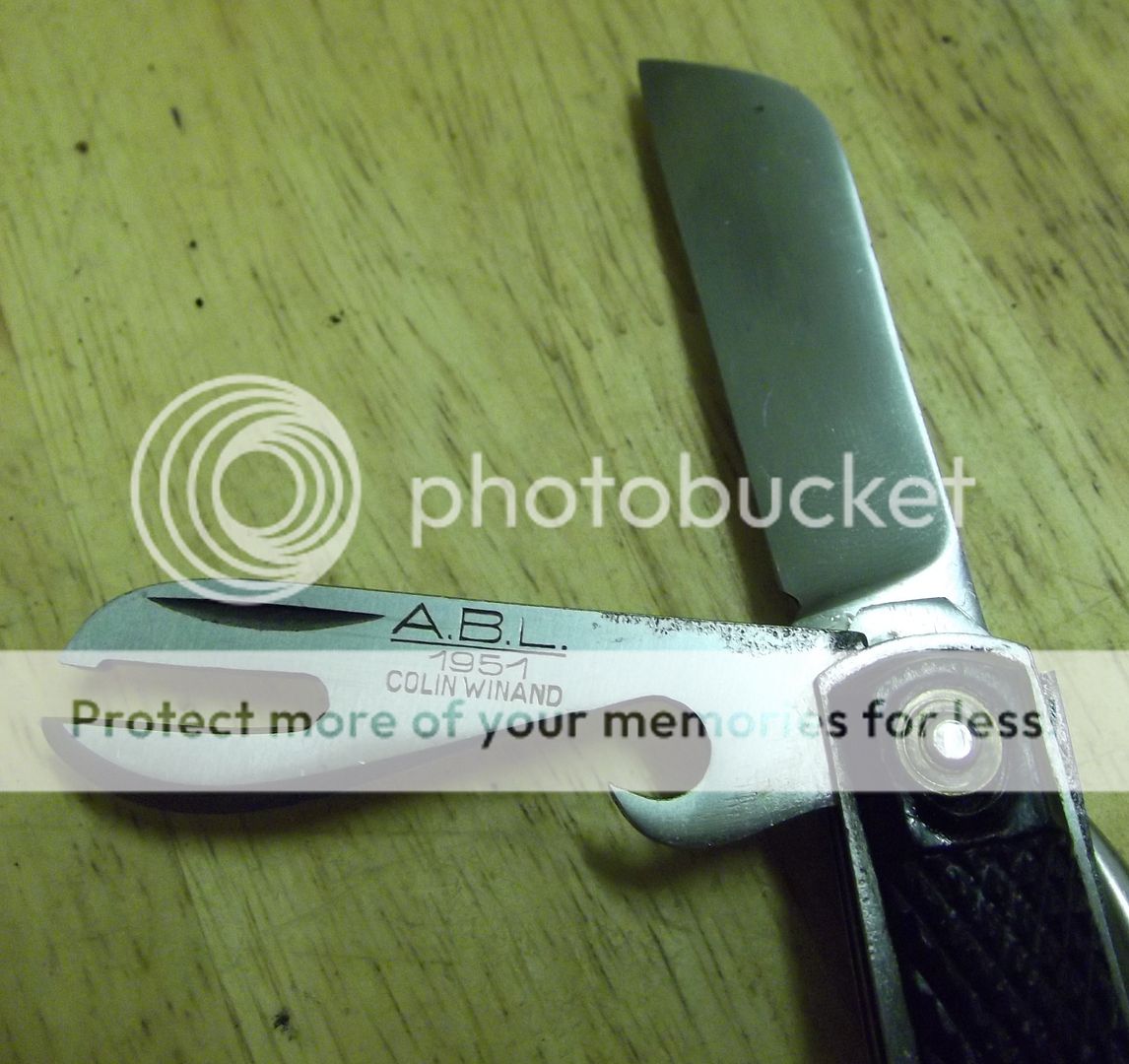
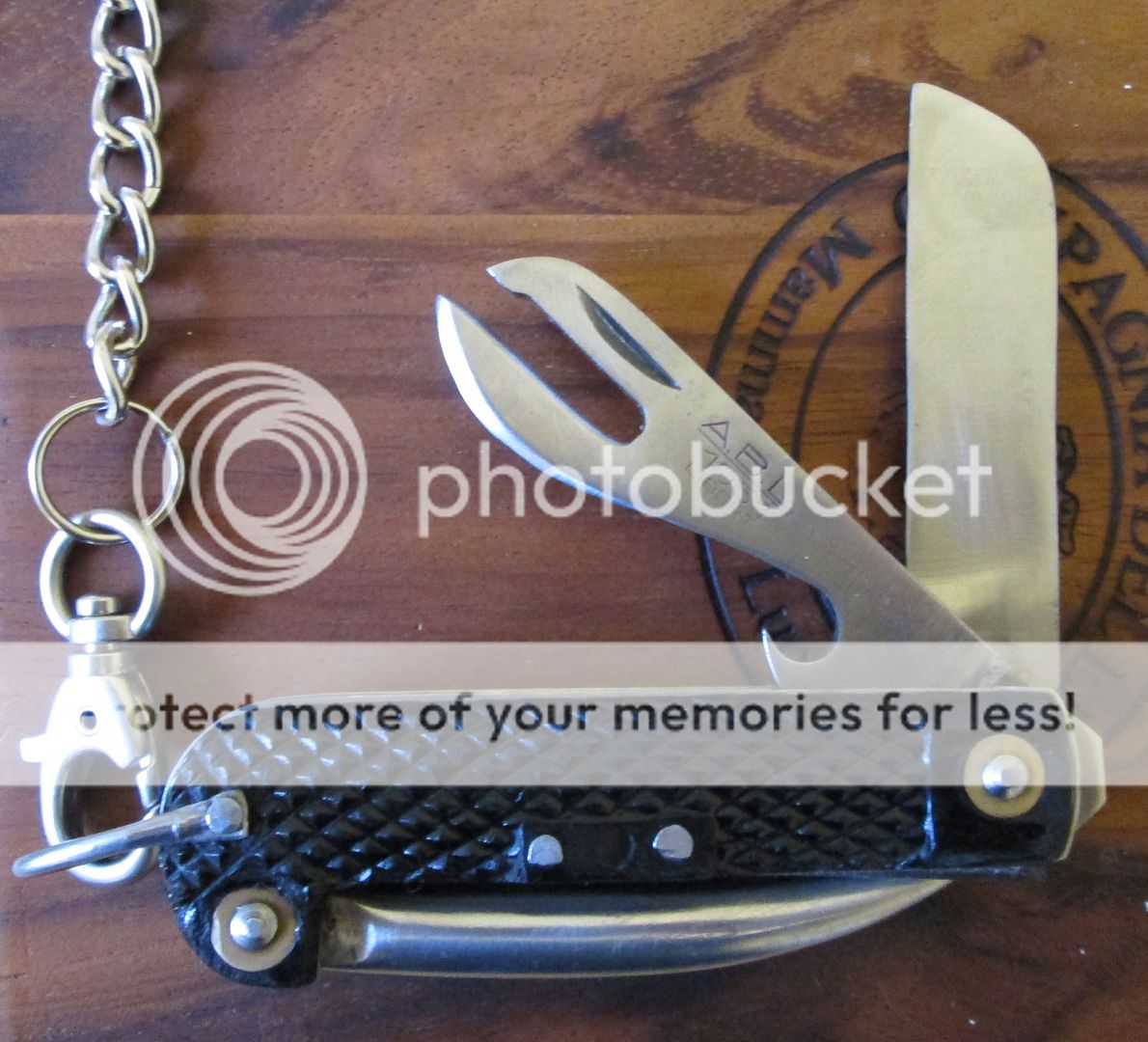
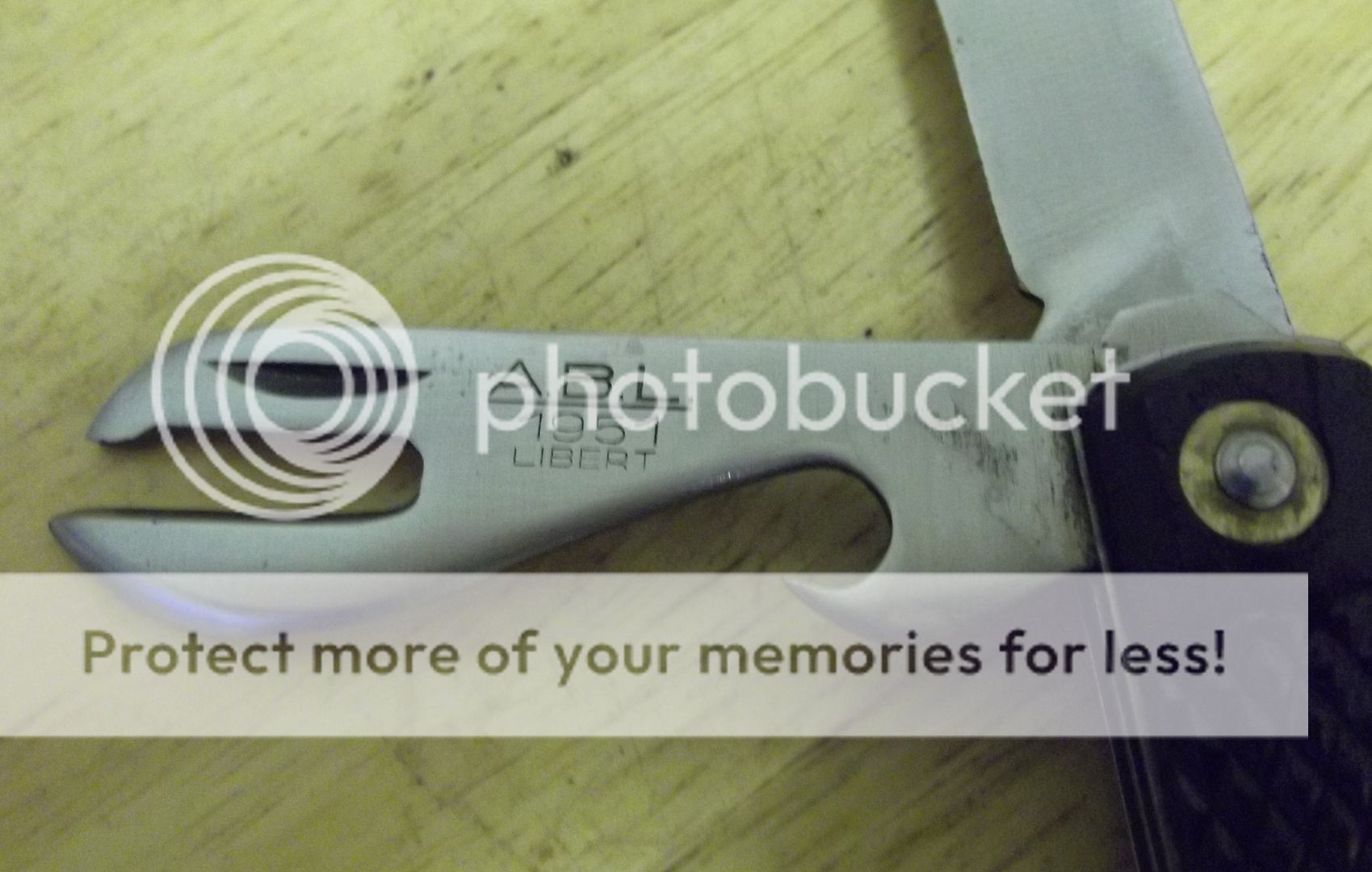
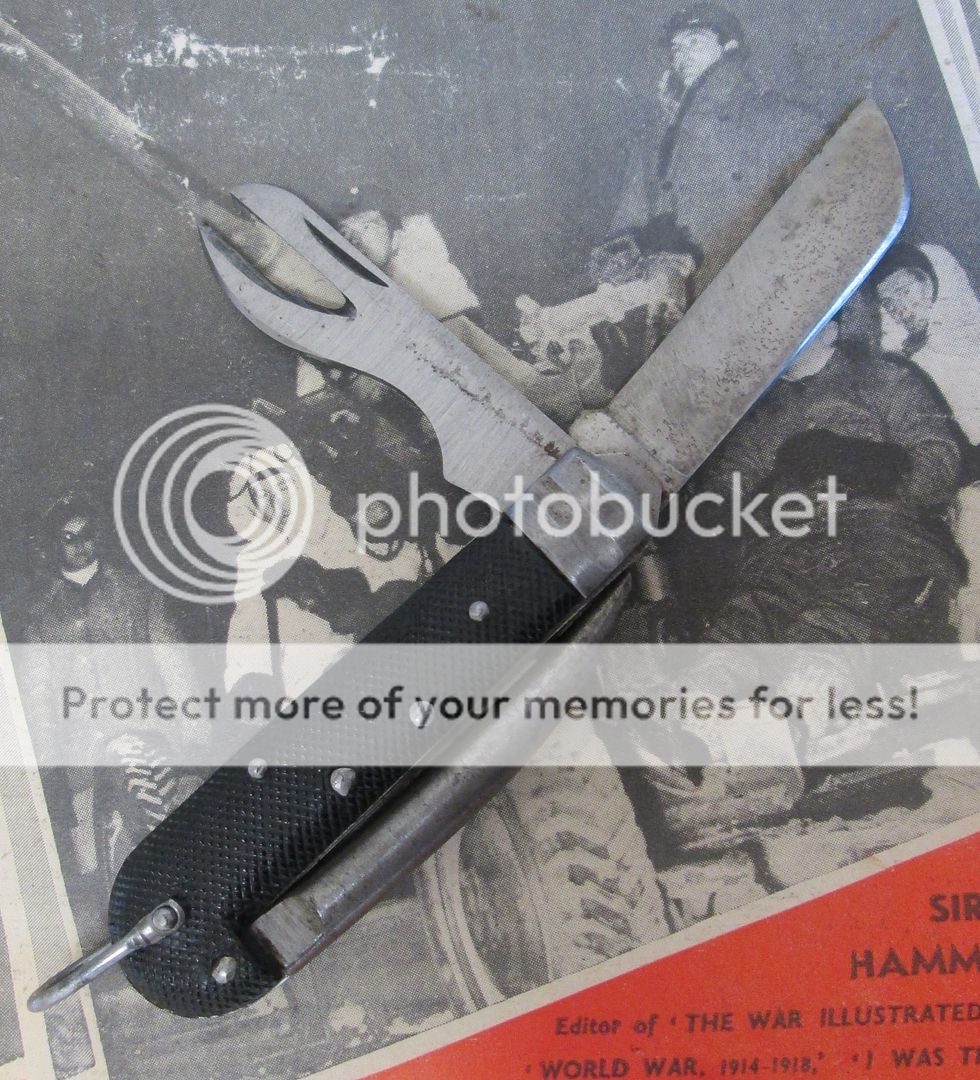




The military plier knife was a private purchase. The design was patented in 1900 and made before and after WWI. The "Escape Knife" is a derivative of the pattern that was issued to Special Operations, Executive (SOE) and Office of Strategic Services (OSS)







